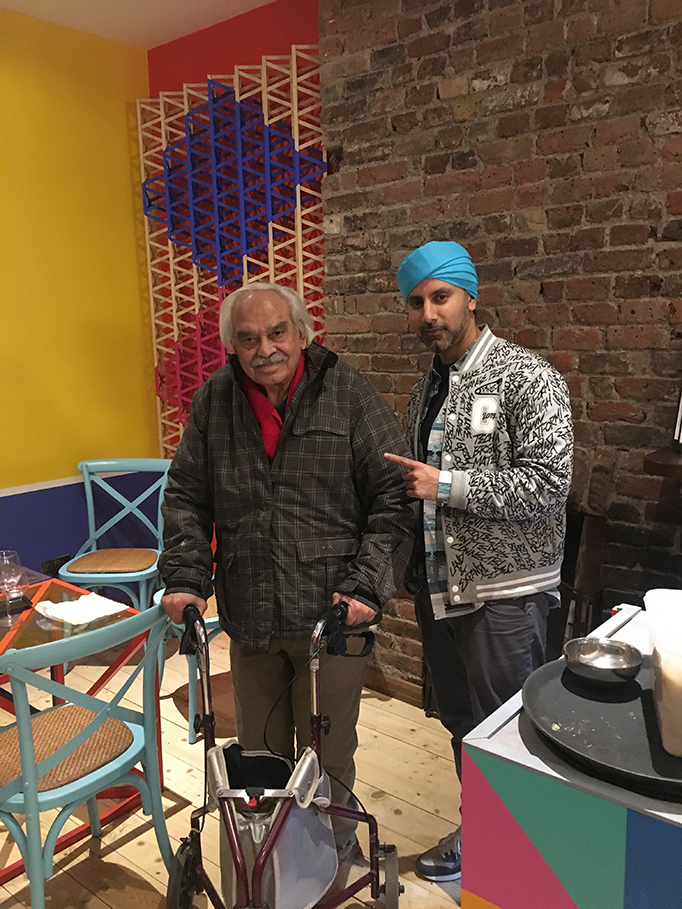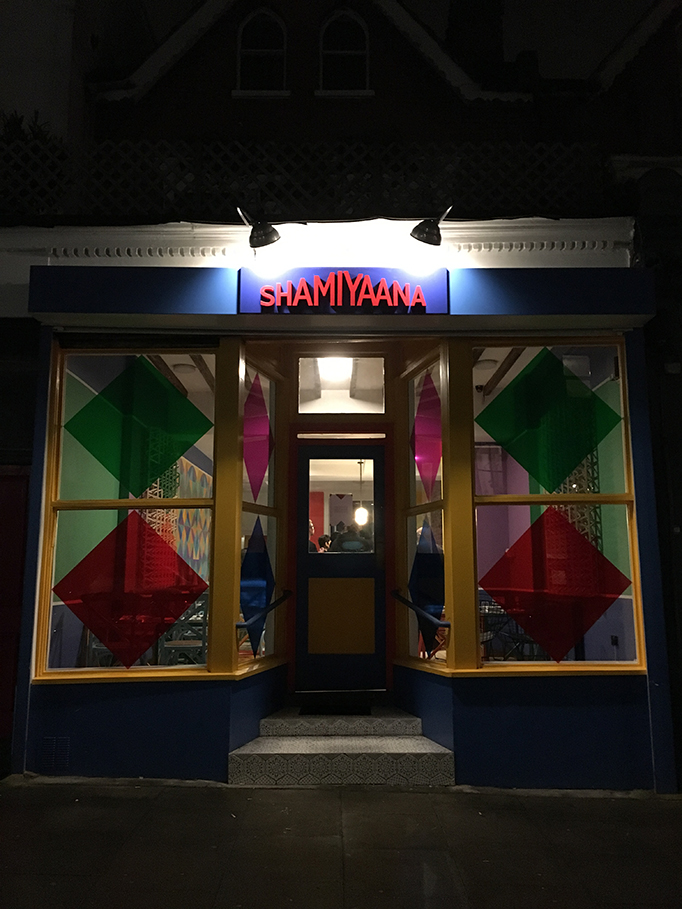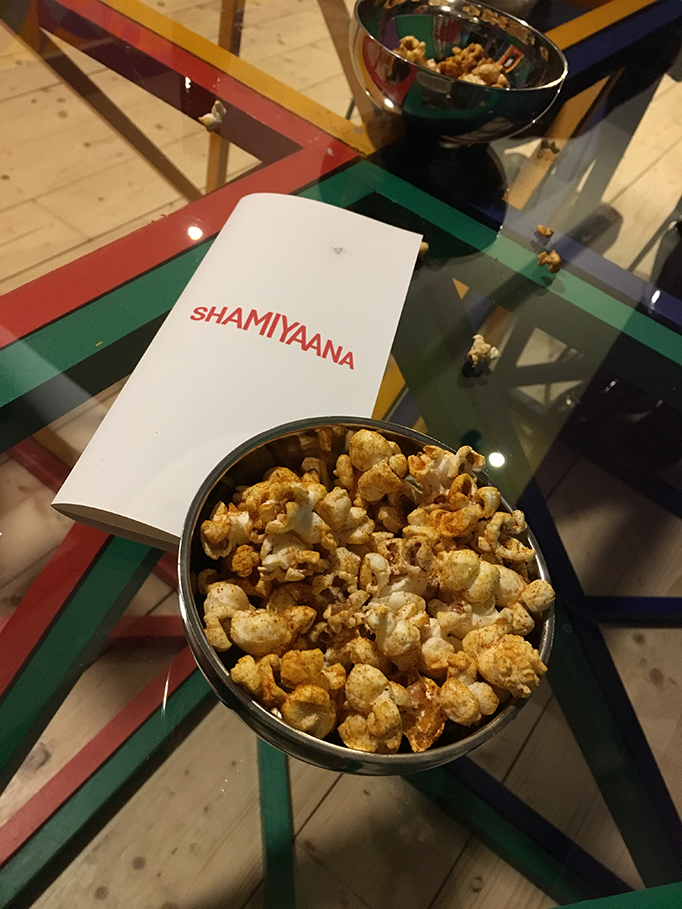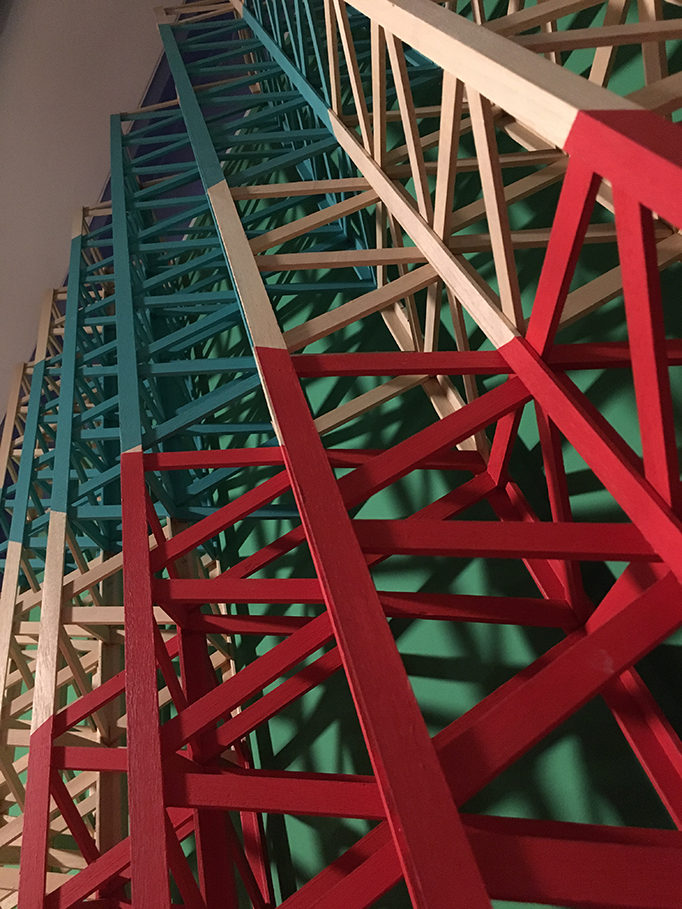SHAMIYAANA – RASHEED ARAEEN

“Who am I? Where do I come from? How do I a non-European relate to European society I find myself living in but do not belong to? How do I react to it’s assumptions of white superiority?” – RASHEED ARAEEN
I came across Karachi born, London based artist Rasheed Araeen and his work last year after exploring the wider spectrum of British Art. After listening to many of his talks online, I was moved by his struggle to be seen, to be heard, to be ‘accepted’ by the art establishment since the early 1970s.
He mentions the numerous attempts of showing his work to London galleries, who may have liked his work but had refused to take him on due to him not being ‘European’.
Rasheed has been among the first cultural practitioners since the 70s to voice the need of artists of African, Latin American and Asian origins to be represented in British cultural institutions.
A pivotal exhibition he curated was The Other Story at the Hayward Gallery – a response to the “racism, inequality, and ignorance of other cultures” that was prevalent in the late 1980s (Thatcher times). Many of the artists included Ahmed Parvez, Anwar Jalal Shemza, Aubrey Williams, Avinash Chandra, Avtarjeet Dhanjal, Balraj Khanna, David Medalla, Donald Locke, Eddie Chambers, Frank Bowling, Francis Newton Souza, Gavin Jantjes, Iqbal Geoffrey, Ivan Peries, Keith Piper, Kumiko Shimizu, Lubaina Himid, Mona Hatoum, Rasheed Araeen, Ronald Moody, Saleem Arif, Sonia Boyce, Uzo Egonu, and Yuanchia Li. Some are currently also part of Tate’s collections.
I was fortunate enough to meet him briefly at his restaurant / space @ Shamiyaana – an interactive artwork where people can eat, converse & vibe (minus that artsy clinical feeling)…




“Art must lead a double life… on one hand it is a conceptual artwork but, on the other, its material form must become independent of whether it is a work of art or not. Only when it can escape from being merely an art concept or form can it avoid its reification, and only then can it continue to maintain its transformative function within the productive force of everyday life.
…art’s function as a liberating force is dependent not only on its becoming something other than art, but also maintaining its identity as a specific material as well as a symbolic practice.”
I often wonder how many artists like Rasheed stay ‘invisible’ for so long, due to their ethnicity, and often get their ‘recognition’ more towards the end of their career where ones ‘active engagement’ is limited and the establishment decides when to ‘let you in’…
Rasheed writes…
”Can true pluralism be achieved without recovering what we have lost in the past, for whatever reasons? Can we afford to be complacent any more?”
NOPE ✊




